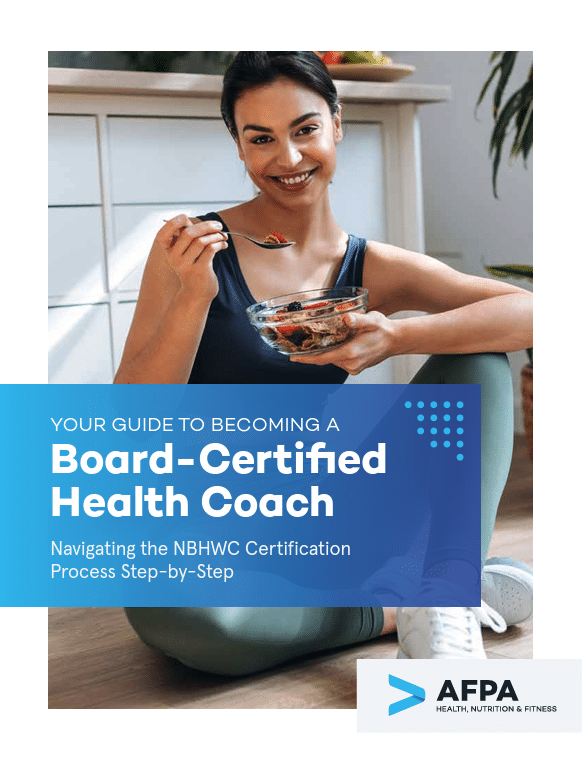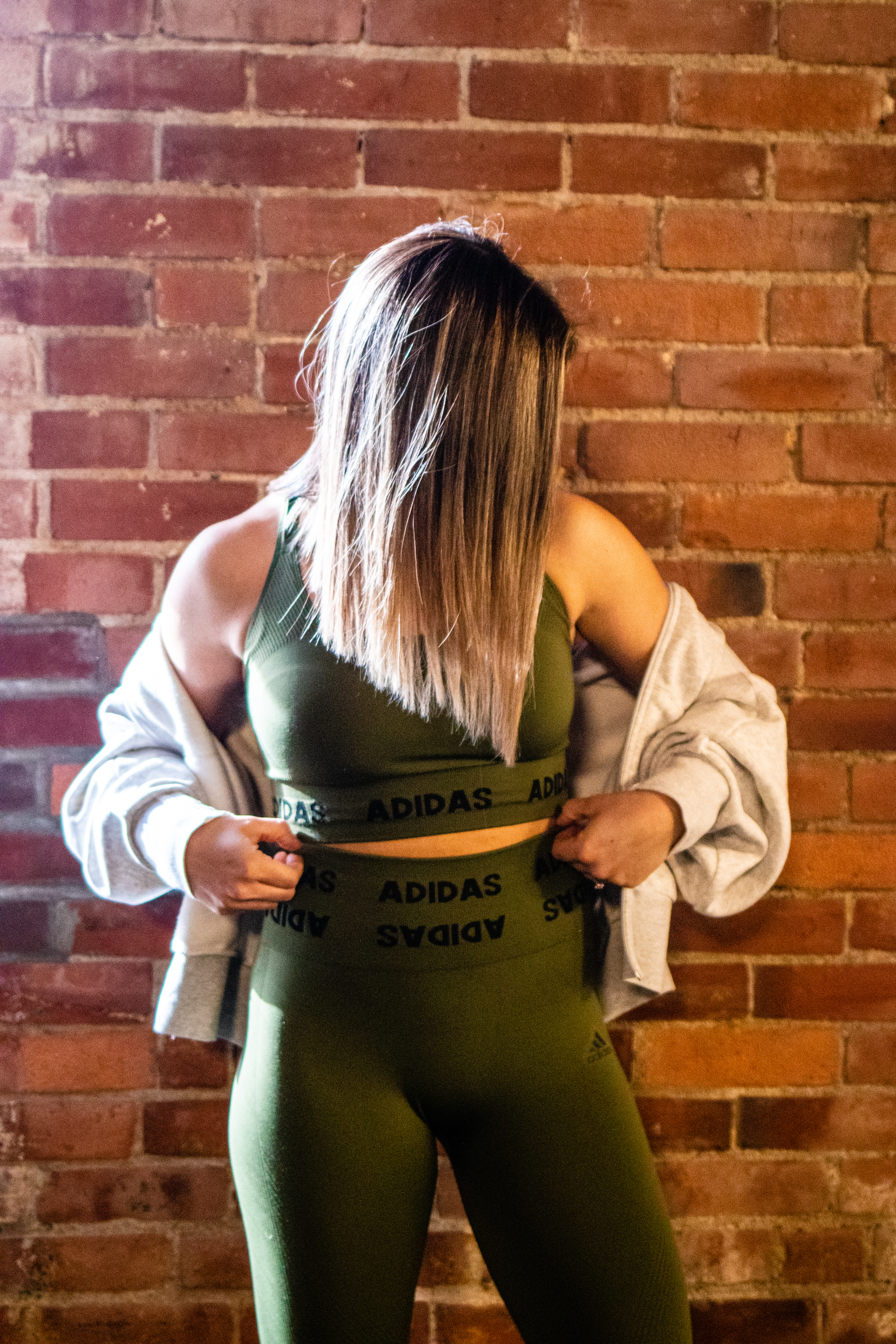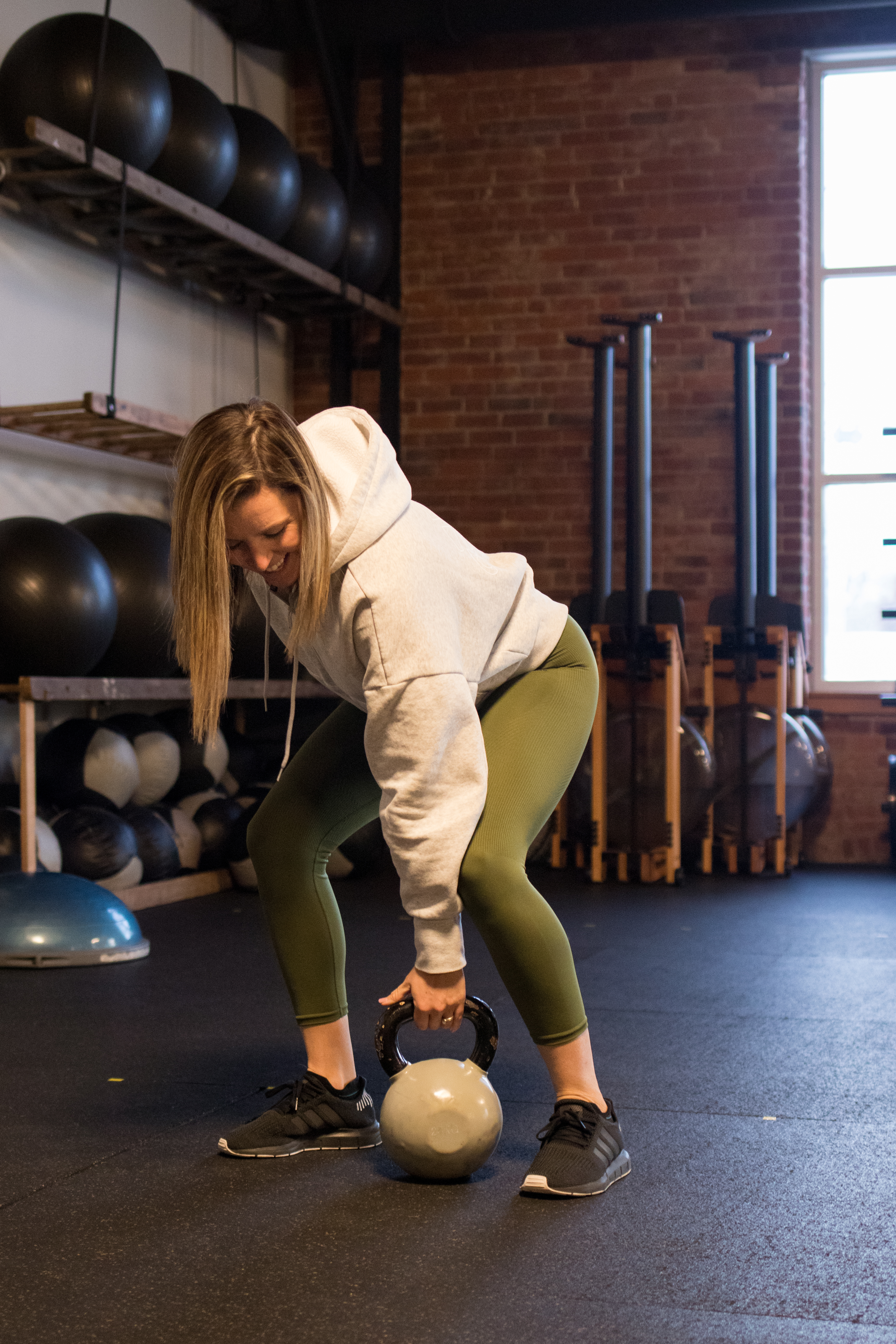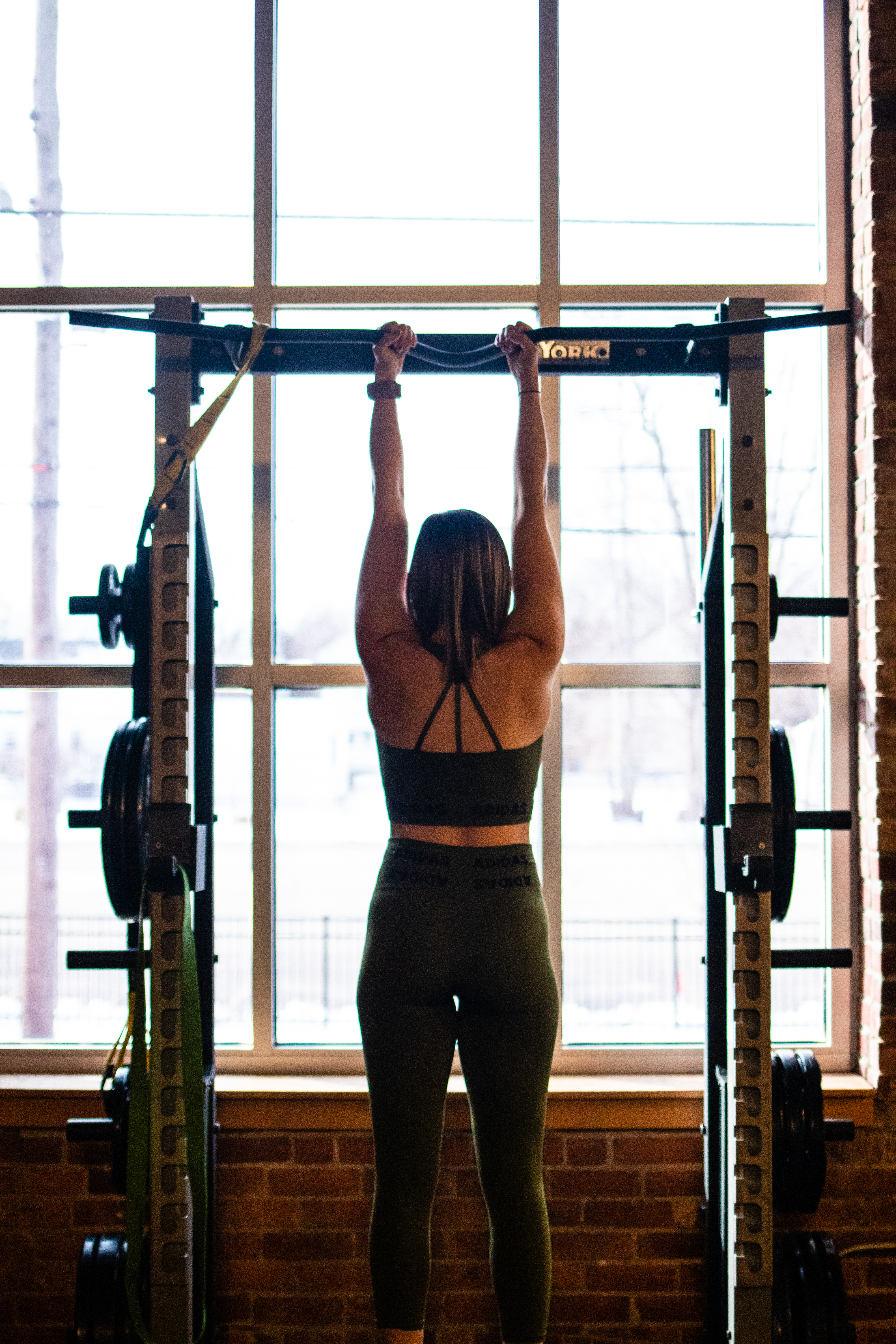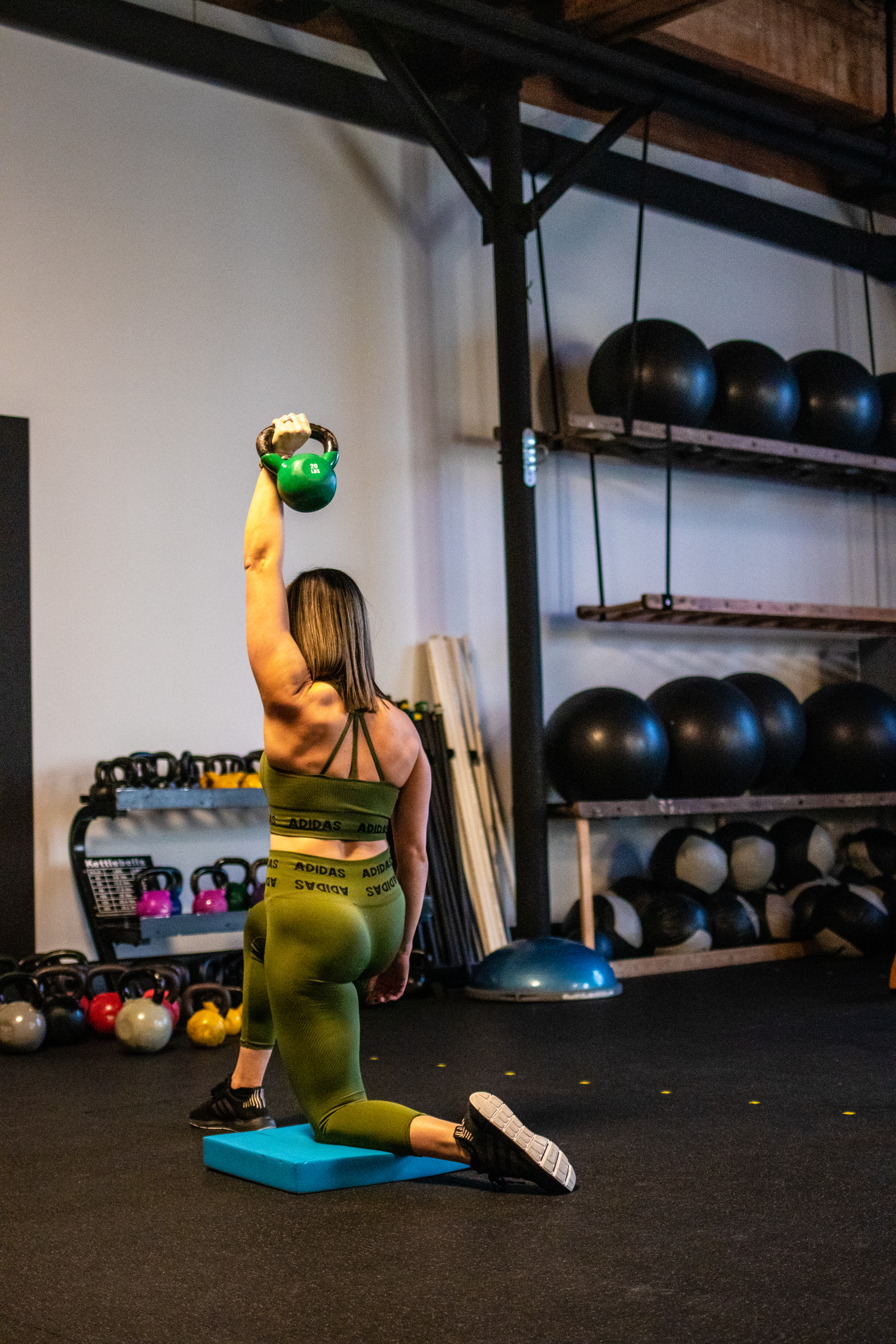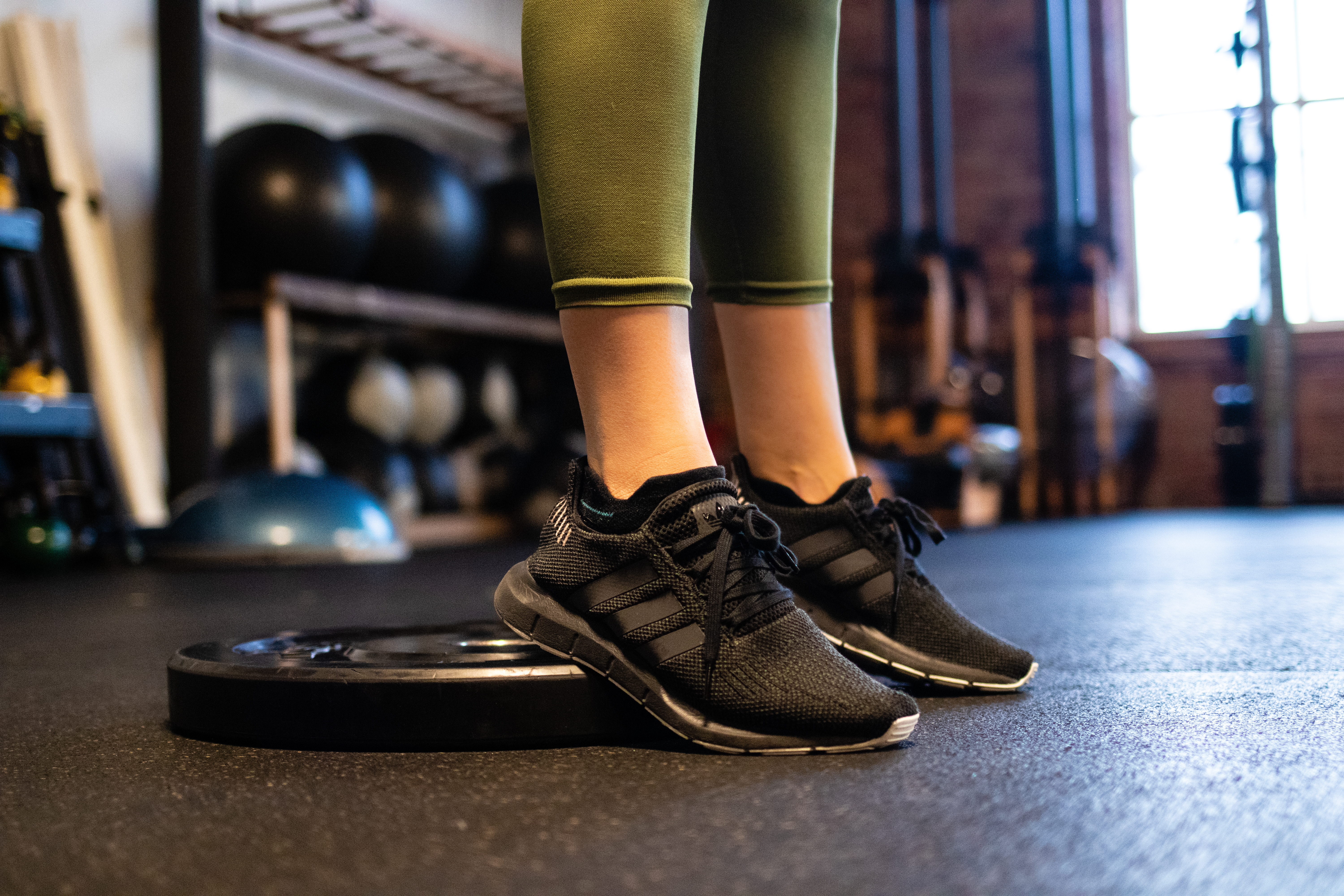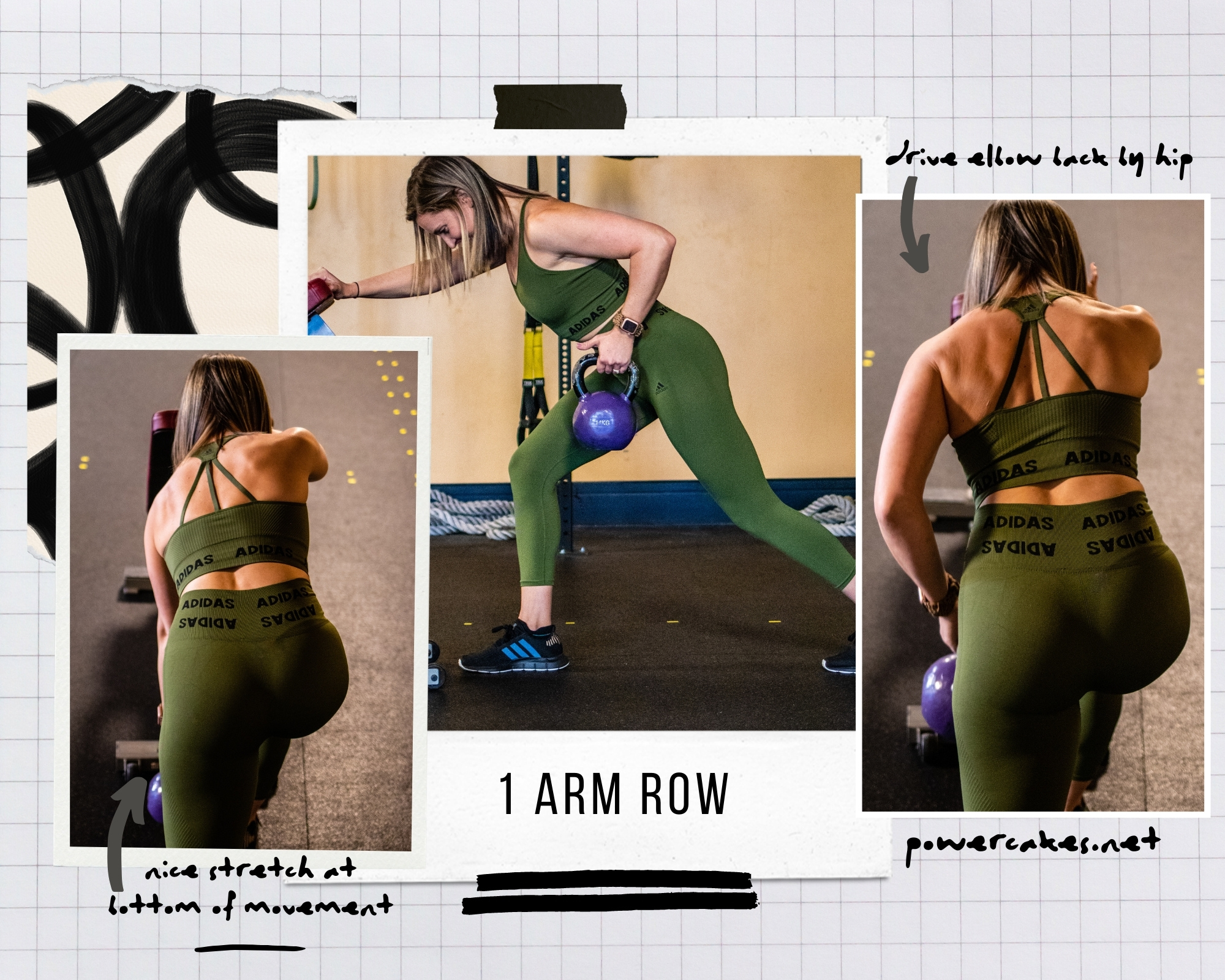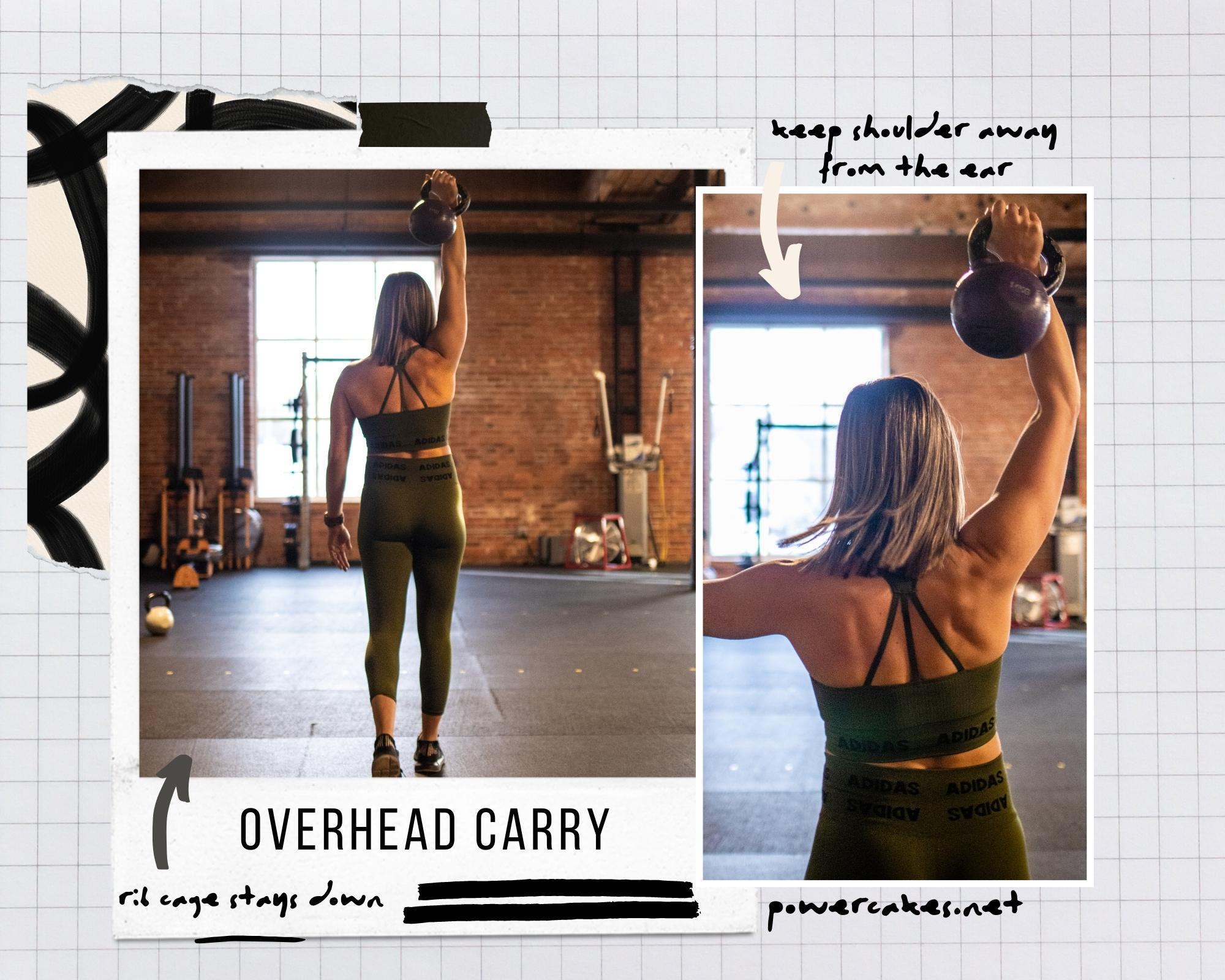In today’s health-conscious world, people pay closer attention to the ingredients on nutrition labels. Fat has historically been labeled as unhealthy, with numerous diets advocating for its reduction. However, not all fats are created equal, and understanding which fats are beneficial versus harmful has become increasingly important. Many individuals are surprised to learn that healthy fats are vital to maintaining overall health and well-being.
Contrary to common misconceptions, fats serve critical roles in our bodily functions. They provide energy, assist in vitamin absorption, support brain function, and help protect vital organs. This means excluding fats altogether is not necessary. It can also be detrimental. The key lies in distinguishing healthy fats from those that pose risks to your health.
Interestingly, studies reveal that incorporating healthy fats, such as those in avocados, olive oil, and fish, can actually help you maintain a healthier body weight and improve heart health. This article aims to clear the confusion surrounding dietary fats by exploring the differences among fat types and their impacts on your body.
Understanding Dietary Fats
Dietary fats refer to the fat content obtained from foods. They represent one of the three macronutrients necessary for human survival, alongside carbohydrates and proteins. Dietary fats are essential for various biological processes. These processes include energy storage, vitamin absorption, hormone production, and cell membrane maintenance. When you consume fat-containing foods, your body breaks down these fats into fatty acids that can then enter your bloodstream to serve multiple vital functions.
Besides being a dense energy source, fats play crucial roles in supporting brain development, reducing inflammation, and protecting your organs by cushioning them. Furthermore, dietary fats facilitate the absorption of fat-soluble vitamins A, D, E, and K. Without sufficient fat intake, the body struggles to absorb these essential nutrients efficiently. It can potentially lead to deficiencies and related health issues. Therefore, understanding the difference between good and bad dietary fats is crucial for optimizing health outcomes.
Various Types of Fats
Dietary fats can broadly be categorized into unhealthy fats (trans fats and excessive saturated fats) and healthy fats (monounsaturated and polyunsaturated fats). Each type affects the body differently. Hence, knowing their differences helps you make informed dietary choices.
Trans Fats: The Worst of All
Trans fats are artificially produced through hydrogenation, a process that solidifies liquid oils. Historically common in processed foods, trans fats have no nutritional benefits and pose significant health risks. They increase harmful LDL cholesterol levels, reduce beneficial HDL cholesterol, and contribute to chronic inflammation. These factors heighten the risk of developing heart disease, type 2 diabetes, and stroke. Due to their severe health implications, trans fats have been banned in many countries, including the United States. It is advisable to read labels carefully and avoid products listing “partially hydrogenated oils.”
Saturated Fats: Moderation is Key
Saturated fats are typically solid at room temperature and are found abundantly in animal products like red meat, butter, cheese, and whole-milk dairy items. Plant sources such as coconut and palm oils also contain significant amounts of saturated fats. Consuming excessive saturated fats can elevate LDL cholesterol. Hence, they can increase the risk of heart disease and stroke.
However, recent studies suggest that the health impact of saturated fats depends heavily on the food sources they come from. Eating saturated fats occasionally in moderation may not significantly impact heart health. However, consistently high consumption poses clear risks. Health organizations, including the American Heart Association, recommend limiting saturated fats to less than 10% of total daily calories.
Monounsaturated Fats: Heart-Healthy Allies
Monounsaturated fats are among the healthiest dietary fats. Found primarily in olive oil, avocados, almonds, peanuts, and sesame oil, they possess one carbon-to-carbon double bond. That makes them liquid at room temperature. Monounsaturated fats help lower LDL cholesterol and maintain healthy HDL cholesterol levels. Hence, they promote heart health.
The widely celebrated Mediterranean diet emphasizes monounsaturated fats, notably through olive oil consumption. Research consistently supports this diet’s association with reduced cardiovascular disease and improved overall health. Including monounsaturated fats in your diet as replacements for saturated fats can provide significant health benefits.
Polyunsaturated Fats: Essential Nutrients
Polyunsaturated fats are critical fats that your body can’t produce on its own; thus, they must be consumed through diet. Rich sources include vegetable oils like sunflower, safflower, soybean, and corn oils, as well as fatty fish (salmon, mackerel, sardines), walnuts, and flaxseeds. Polyunsaturated fats include omega-3 and omega-6 fatty acids, both of which are vital for optimal bodily functions.
Omega-3 fatty acids significantly benefit heart health by reducing inflammation. They also help lower triglyceride levels and enhance overall cardiovascular function. Omega-6 fatty acids also support bodily functions but should be balanced with omega-3s, as excessive omega-6 intake can contribute to inflammation. Replacing saturated fats with polyunsaturated fats improves cholesterol profiles and lowers heart disease risk.
Understanding dietary fats empowers you to make healthier choices. Avoid trans fats completely, moderate your saturated fat intake, and embrace monounsaturated and polyunsaturated fats. By incorporating healthy fats wisely into your diet, you can enhance your overall health, support your cardiovascular system, and feel your best.
How Much Saturated Fat Per Day Can You Eat?
For years, saturated fats were considered unhealthy, blamed for raising cholesterol levels and causing heart disease. However, recent scientific studies have challenged this idea. It reveals that the relationship between saturated fat and cardiovascular issues might be more nuanced than previously thought. While it is true that saturated fats can increase LDL cholesterol (the bad type), the latest research suggests that the context. It shows that foods replacing the saturated fats in your diet are critical. For example, substituting saturated fats with healthy fats (like monounsaturated and polyunsaturated fats) significantly lowers heart disease risks.
So, does this mean you can consume unlimited saturated fats without concern? Not exactly. Health experts, including the American Heart Association (AHA), still recommend moderation when it comes to saturated fats. According to the AHA, adults should aim to limit their saturated fat intake to about 5% to 6% of their total daily calories. For an average person consuming around 2,000 calories per day, this equates to roughly 13 grams of saturated fat.
It is essential to understand that moderation remains key. Rather than entirely eliminating saturated fat, focus on balance and replacement. Swapping out saturated fat-heavy foods for nutrient-dense options like nuts, avocados, olive oil, and fish is beneficial. In contrast, replacing saturated fats with refined carbohydrates (such as sugary snacks and processed foods) could lead to adverse health outcomes like obesity and insulin resistance. Keeping saturated fat within recommended limits while prioritizing healthy replacements supports overall heart health.
Good Fats to Eat: Identifying the Foods
Understanding and selecting foods high in healthy fats can significantly benefit your overall well-being. These fats are vital for your brain function, heart health, hormone production, and absorption of essential nutrients. Let us explore the top ten foods rich in good fats that you can confidently include in your meals:
1. Fatty Fish
Fatty fish, such as salmon, mackerel, sardines, and tuna, contain generous amounts of omega-3 fatty acids, which are crucial for heart and brain health. These fats help reduce inflammation and lower the risk of cardiovascular diseases. Aim for two servings of fatty fish weekly to ensure optimal omega-3 intake.
2. Avocado
Avocados are exceptional sources of monounsaturated fats, particularly oleic acid. This type of fat reduces inflammation, supports heart health, and aids in nutrient absorption. Rich in fiber and potassium, avocados enhance satiety, making them a nutritious addition to your diet.
3. Nuts
Almonds, walnuts, pistachios, and Brazil nuts offer significant quantities of healthy fats, protein, vitamins, and minerals. Regular nut consumption can lower LDL cholesterol, boost heart health, and reduce inflammation. Enjoy them raw or roasted, but choose unsalted varieties for optimal health.
4. Seeds
Chia, flaxseeds, and sunflower seeds provide polyunsaturated fats and omega-3s. They also deliver substantial fiber, promoting digestive health and satiety. Sprinkle seeds on cereals, salads, or smoothies for easy inclusion in your diet.
5. Olive Oil
Olive oil is a staple of the Mediterranean diet. It is rich in monounsaturated fats and antioxidants. Regular consumption can reduce the risk of heart disease and inflammation. Use extra-virgin olive oil for dressings, sautéing vegetables, or dipping bread.
6. Nut Butters
Peanut butter, almond butter, and cashew butter offer the same healthful fats as whole nuts. While calorie-dense, they provide essential nutrients and protein. Check labels to avoid added sugars or hydrogenated fats, and enjoy nut butters in moderation.
7. Dark Chocolate
Dark chocolate (70% cocoa or higher) provides healthy fats, fiber, and potent antioxidants like flavonoids. These antioxidants enhance brain function and cardiovascular health. Consume small portions to avoid excessive calorie and sugar intake.
8. Eggs
Eggs contain healthy fats, protein, and essential vitamins like vitamin D and choline. Despite earlier concerns about cholesterol, moderate egg consumption supports heart and cognitive health without adverse effects. Incorporate eggs regularly as part of a balanced diet.
9. Olives
Olives themselves contain beneficial monounsaturated fats similar to olive oil. Rich in antioxidants and vitamin E, olives promote cardiovascular health and inflammation reduction. Snack on them or add them to salads and pasta dishes.
10. Full-fat Yogurt
Natural full-fat yogurt provides probiotics for gut health and essential nutrients like calcium and protein. Recent studies show that moderate consumption of full-fat dairy can be part of a healthy diet. Choose plain varieties to avoid excess sugar.
Including these healthy fats in your diet regularly helps you maintain heart health, brain function, hormonal balance, and sustained energy.
Easy Tips to Reduce Unhealthy Fats from Your Diet
Unhealthy fats such as trans fats and excessive saturated fats can negatively impact your health. Here is how you can easily reduce their presence in your diet:
- Choose Healthier Oils: Cook with plant-based oils like olive, canola, avocado, or sunflower oils instead of butter, lard, or shortening.
- Opt for Lean Proteins: Choose lean meats like poultry and fish instead of processed or fatty cuts. Also, try to eat plant-based proteins like beans, lentils, and tofu regularly.
- Select Low-fat Dairy Products: Replace whole-fat dairy items with low-fat or plant-based alternatives such as almond milk, soy milk, or low-fat cheeses.
- Snack Smart: Swap unhealthy snacks (cookies, chips) with fresh fruits, vegetables, or nuts.
- Read Nutrition Labels: Be mindful of saturated and trans fats hidden in processed foods. Avoid products containing partially hydrogenated oils or high levels of saturated fat.
- Limit Fast Food and Takeout: Fast foods and packaged meals are often rich in unhealthy fats. Cooking at home gives you control over your fat intake and ingredients.
- Be Cautious with Portion Sizes: Even healthy fats are calorie-dense. Manage portions by measuring oils, nut butters, and high-fat foods to avoid excess calories.
HealthifyMe Note
Navigating dietary fats can feel daunting, but clarity can transform your health journey. As a HealthifyMe expert, my advice is straightforward: Embrace balance. Recognize that your body requires fats for essential functions, such as nutrient absorption, hormone production, and brain health. Instead of fearing fats, learn to distinguish between types and consciously choose beneficial sources. Including foods like avocados, nuts, olive oil, and fatty fish ensures optimal nourishment. Simultaneously, minimizing heavily processed foods and unhealthy fats promotes long-term wellness. Remember, moderation, mindfulness, and strategic food choices create lasting positive health outcomes.
The Final Word
Understanding healthy fats does not have to be complex or overwhelming. Making mindful dietary choices around fats can significantly enhance your overall health, improving cardiovascular health, brain function, and nutrient absorption. Emphasizing foods rich in unsaturated fats like avocados, nuts, seeds, and fish is a simple yet powerful dietary shift.
For personalized support, consider HealthifyMe’s AI-driven nutrition plans. These plans offer tailored guidance to help manage your daily fat intake, balance meals effectively, and achieve optimal health. Adopting healthy eating habits today can lay the foundation for long-term well-being and vitality.
Frequently Asked Questions (FAQs)
Q: How much saturated fat can I consume daily?
A: Experts recommend limiting saturated fat to around 5-6% of your daily calorie intake. For a 2,000-calorie diet, this is approximately 13 grams of saturated fat per day. Moderation is key, so balance your intake with healthier unsaturated fats.
Q: Which foods are highest in saturated fats?
A: Foods high in saturated fats include fatty meats (like beef, pork), full-fat dairy products (cheese, butter, cream), coconut oil, and processed snacks or baked goods. Being mindful of portions and frequency can help maintain a healthy diet.
Q: Are all dietary fats harmful to health?
A: No, dietary fats vary significantly. Unsaturated fats, such as monounsaturated and polyunsaturated fats, are beneficial, promoting heart health and brain function. Trans fats and excessive saturated fats are the types to limit or avoid.
Q: Why are trans fats unhealthy?
A: Trans fats negatively affect cholesterol levels by increasing LDL (“bad”) cholesterol and decreasing HDL (“good”) cholesterol. They contribute to inflammation and heighten the risk of heart disease, stroke, and type 2 diabetes.
Q: What role do fats play in the body?
A: Fats provide energy, aid nutrient absorption (especially vitamins A, D, E, and K), support hormone production, and protect internal organs. Healthy fats are essential for brain function, nerve health, and maintaining cell structure.
Q: Is percent fat more important than total fat?
A: Percent fat gives a clearer idea of food composition, highlighting how much of the total calories come from fat. Total fat grams indicate quantity consumed. Both metrics matter; understanding both helps balance your overall fat intake wisely.
Research Sources
1. The truth about fats: the good, the bad, and the in-between – Harvard Health
2. A healthy approach to dietary fats: understanding the science and taking action to reduce consumer confusion
3. Types of Fat:_The Nutrition Source
4. Saturated Fatty Acids and Risk of Coronary Heart Disease: Modulation by Replacement Nutrients
5. Types of Dietary Fat and Risk of Coronary Heart Disease: A Critical Review
6. Meta-analysis of prospective cohort studies evaluating the association of saturated fat with cardiovascular disease
![Resolution Reset. [New Year New Me vs New Year New Mindset.] Resolution Reset. [New Year New Me vs New Year New Mindset.]](https://www.powercakes.net/wp-content/uploads/2021/01/IMG_3619.jpg)
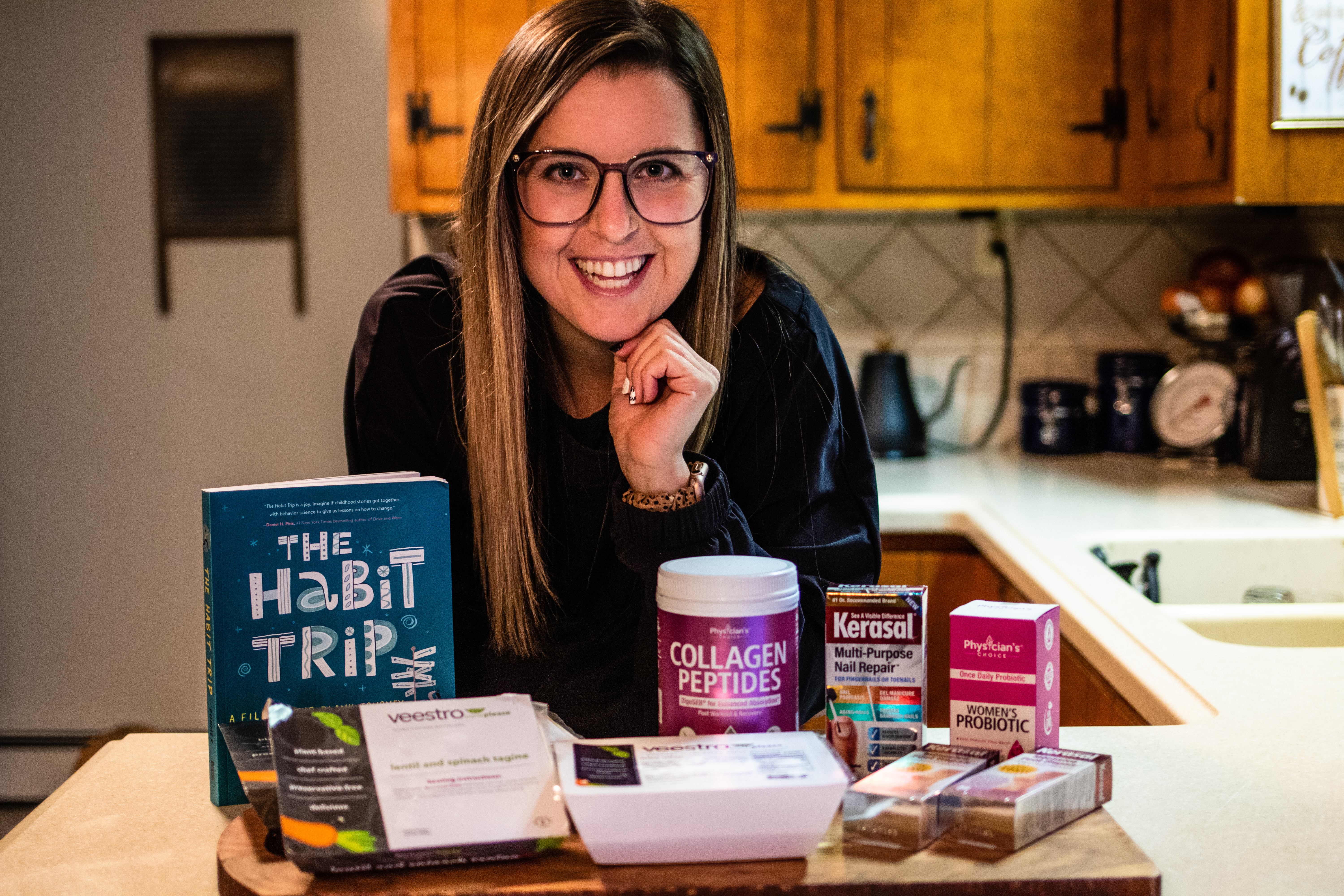
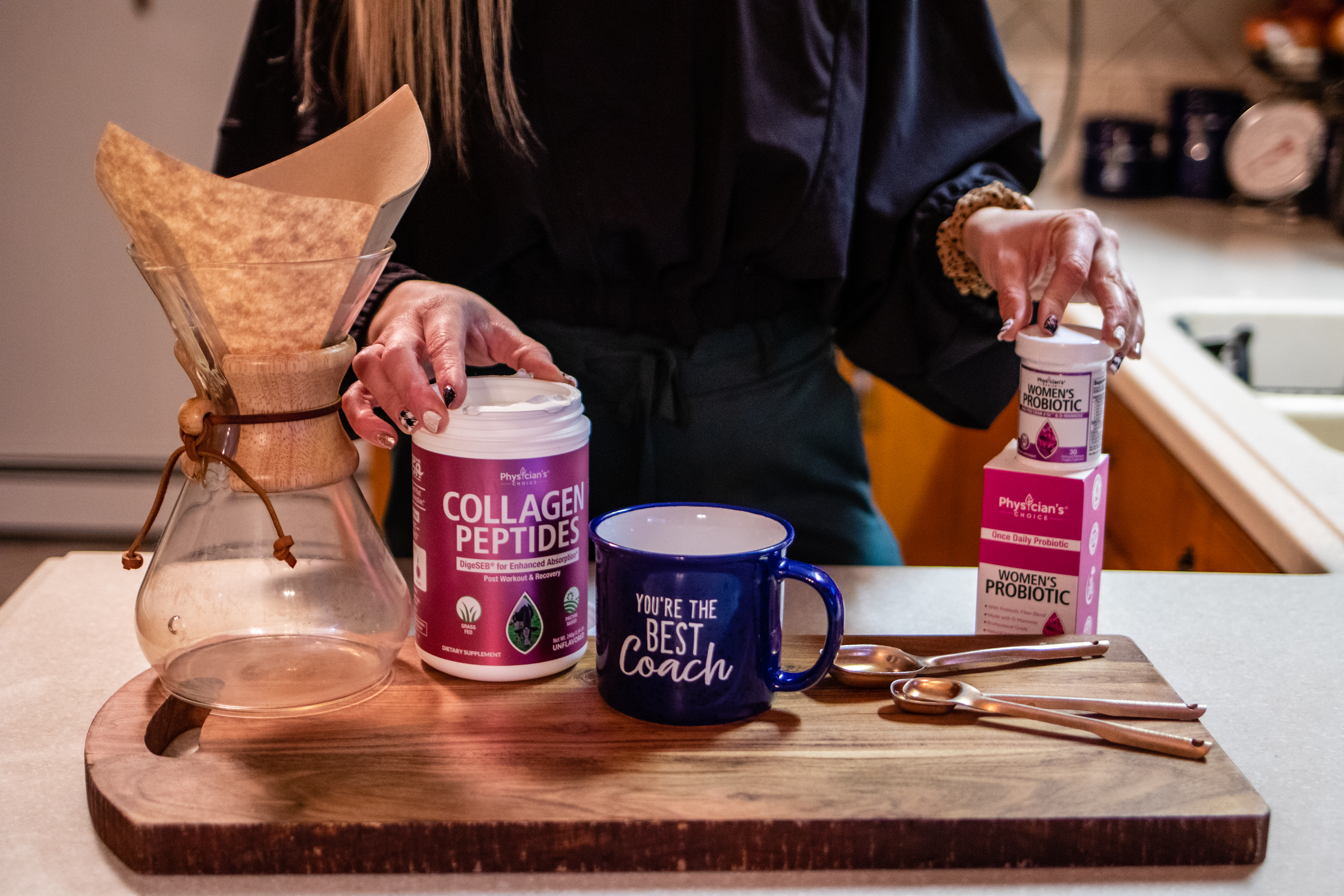

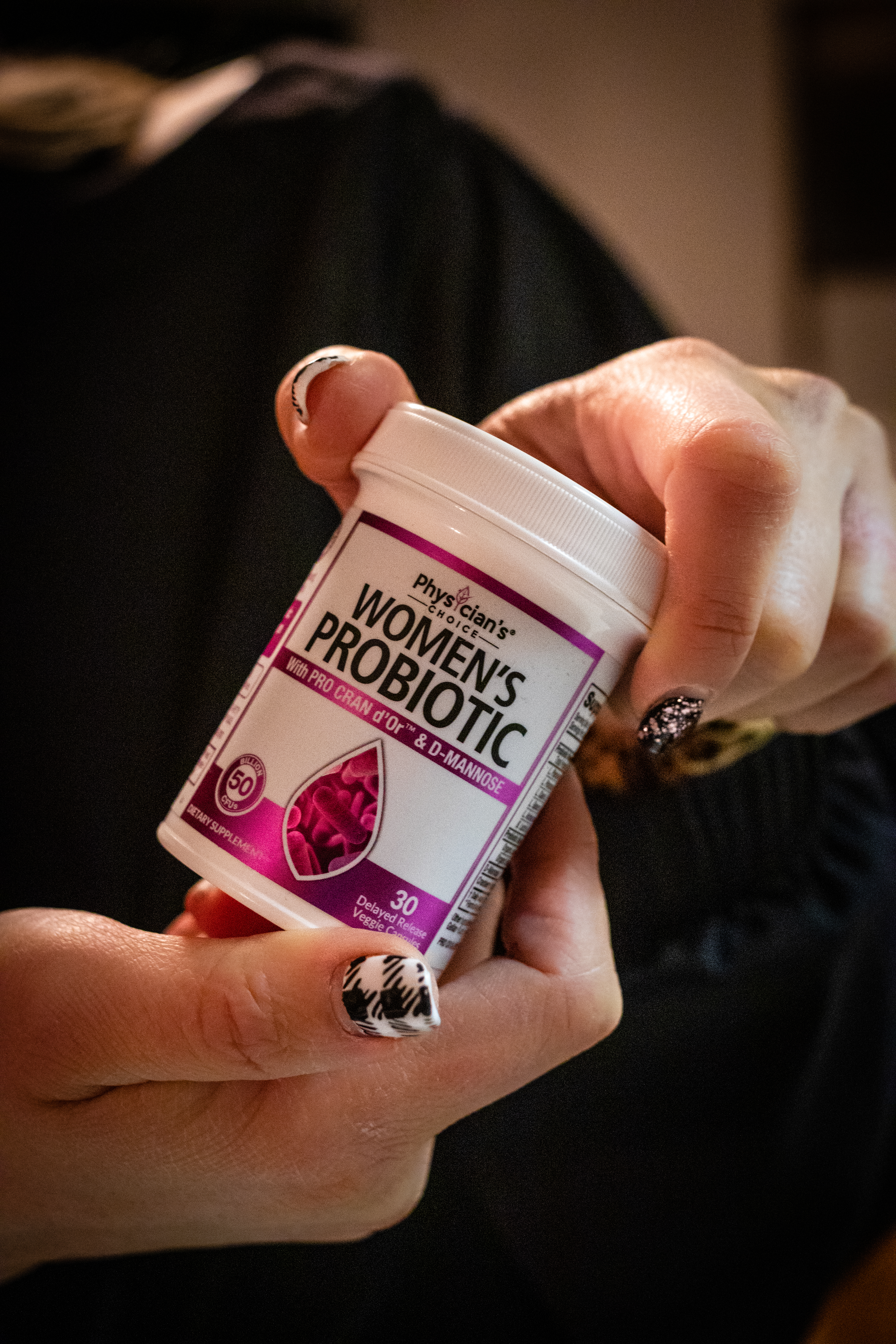

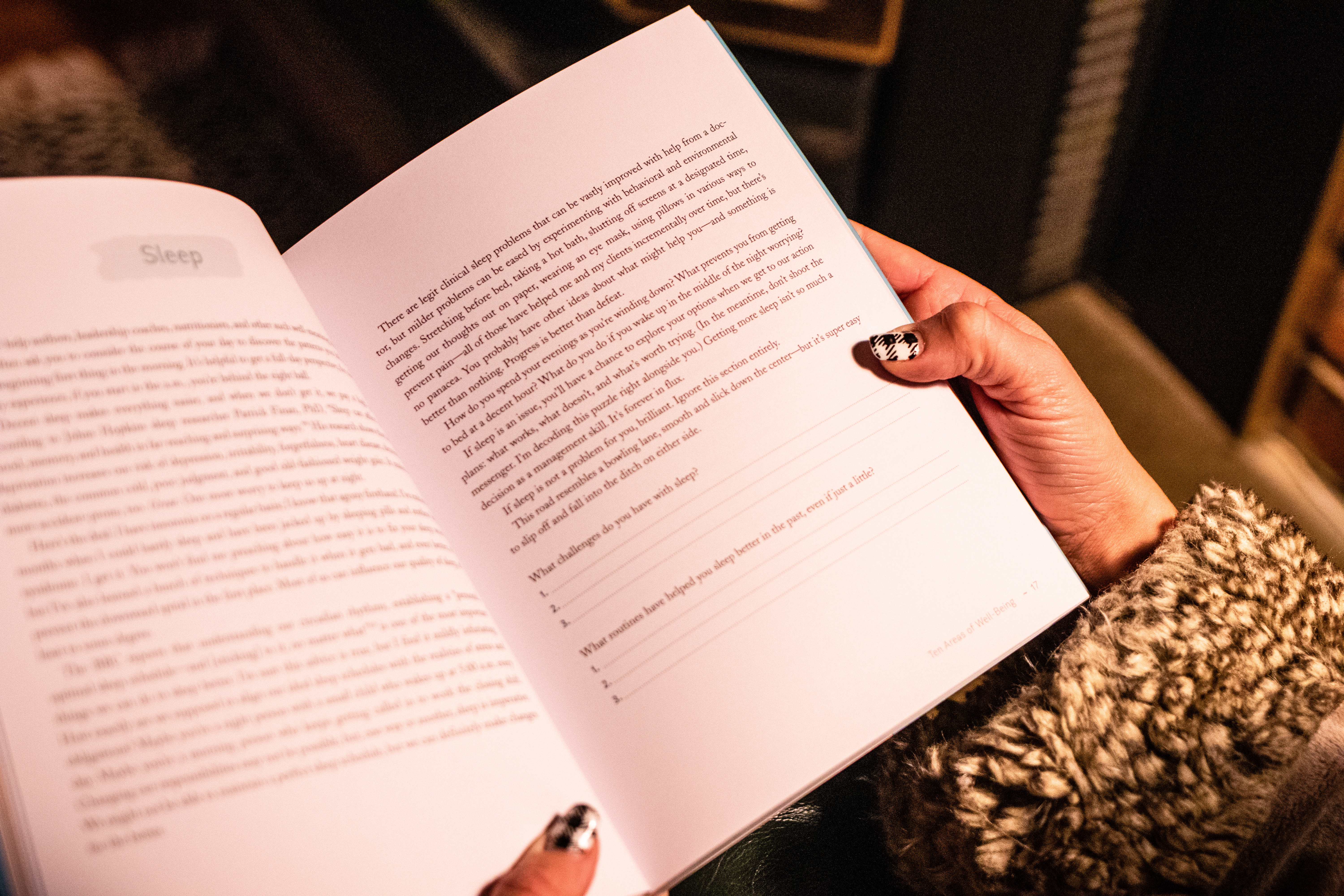



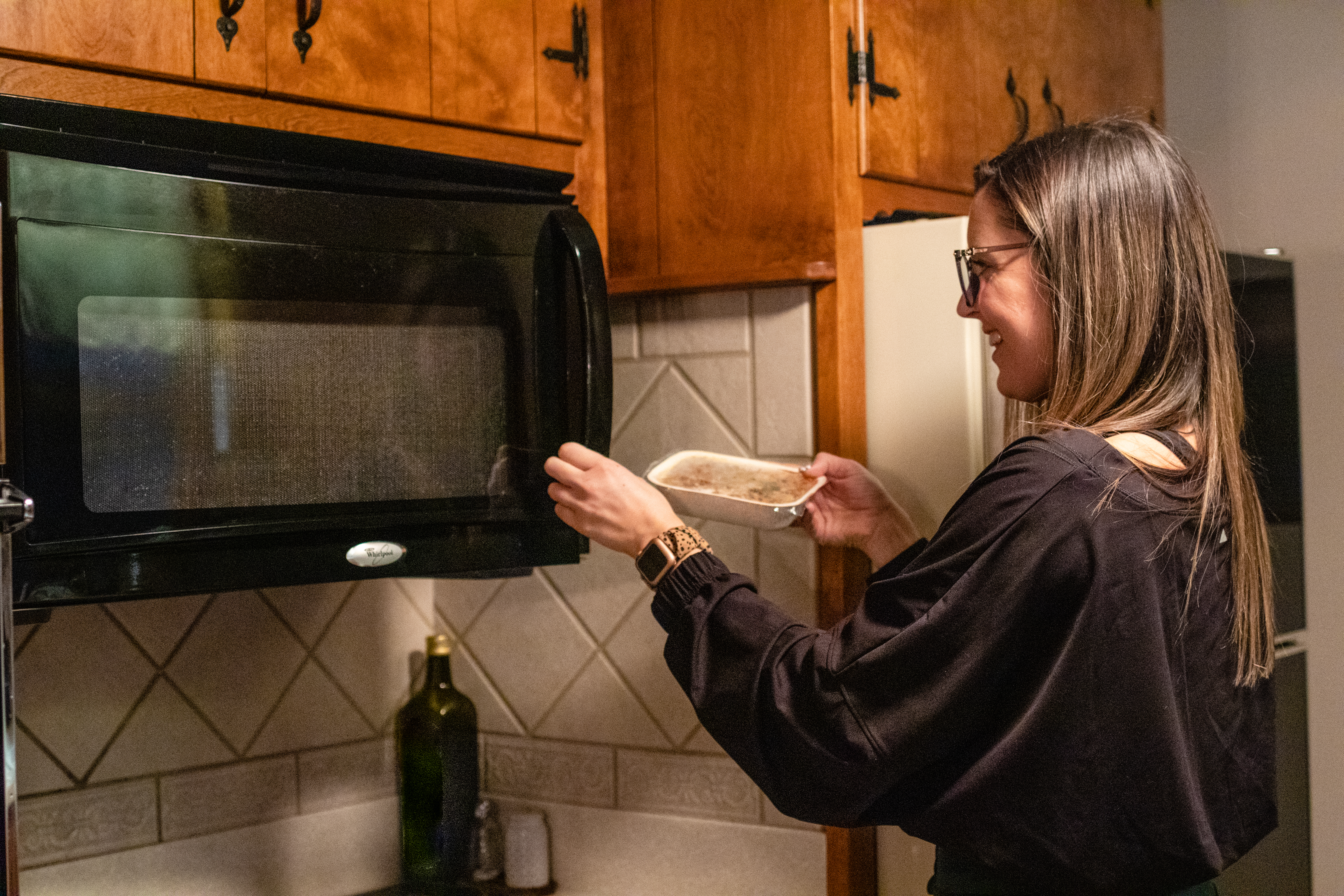
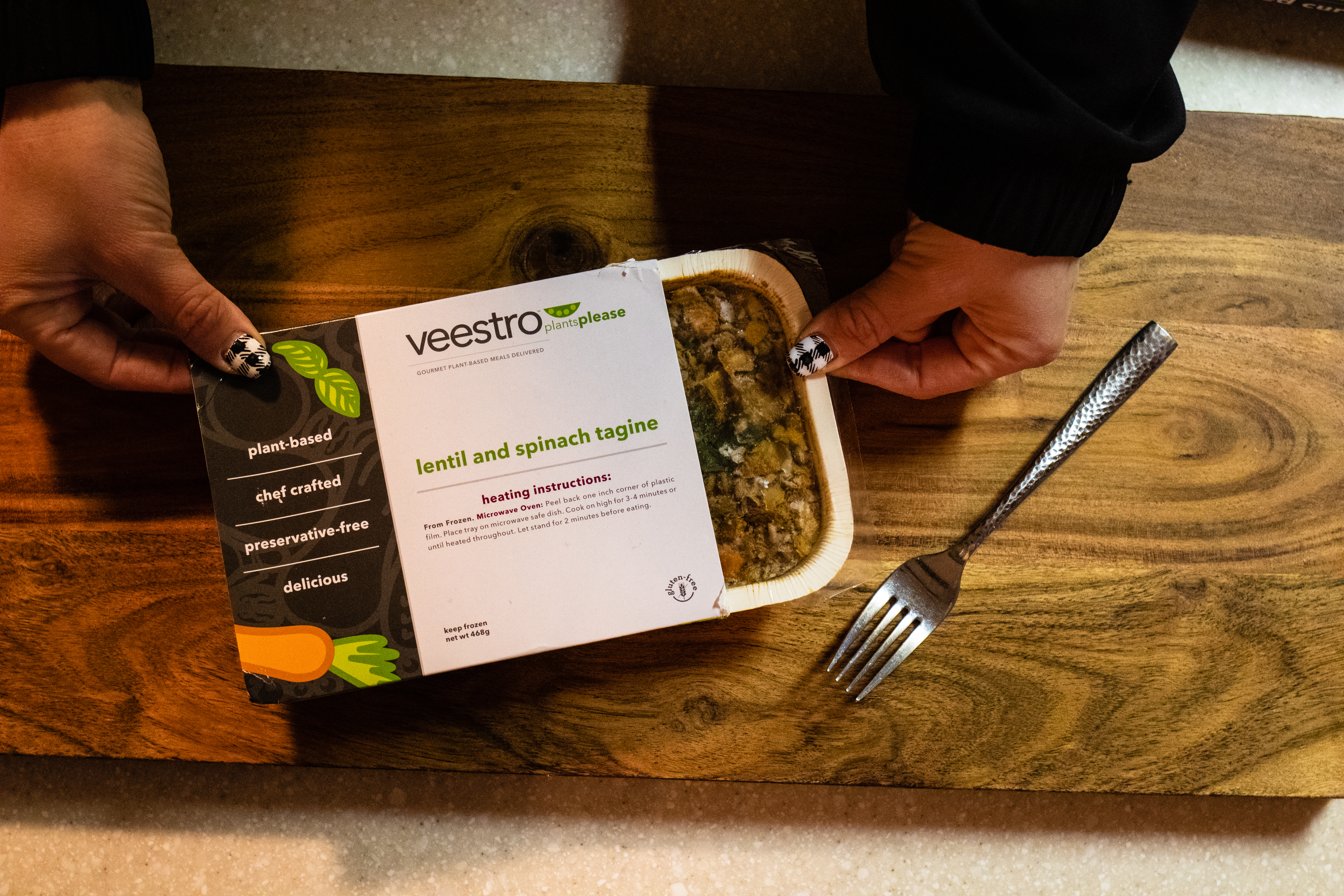
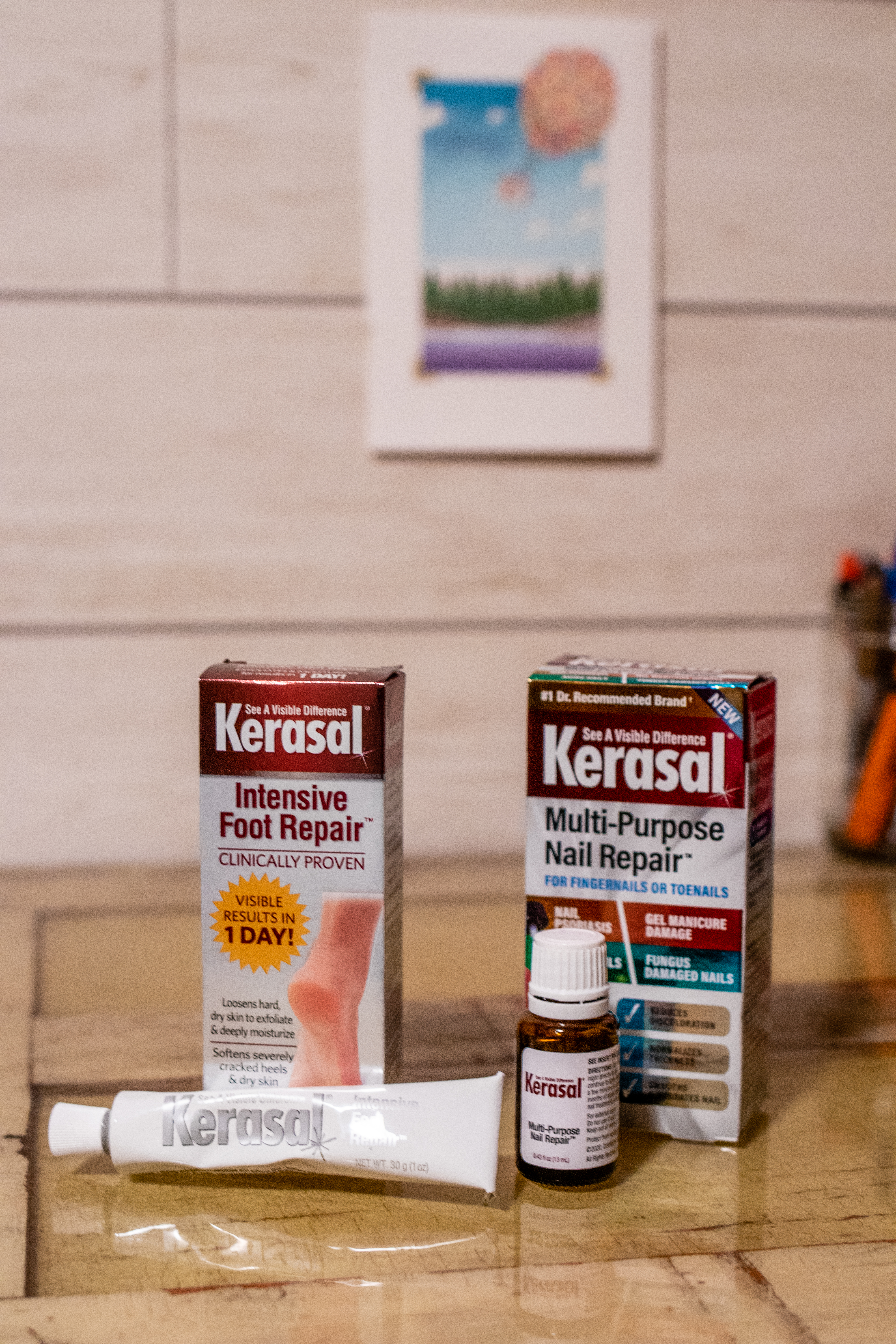



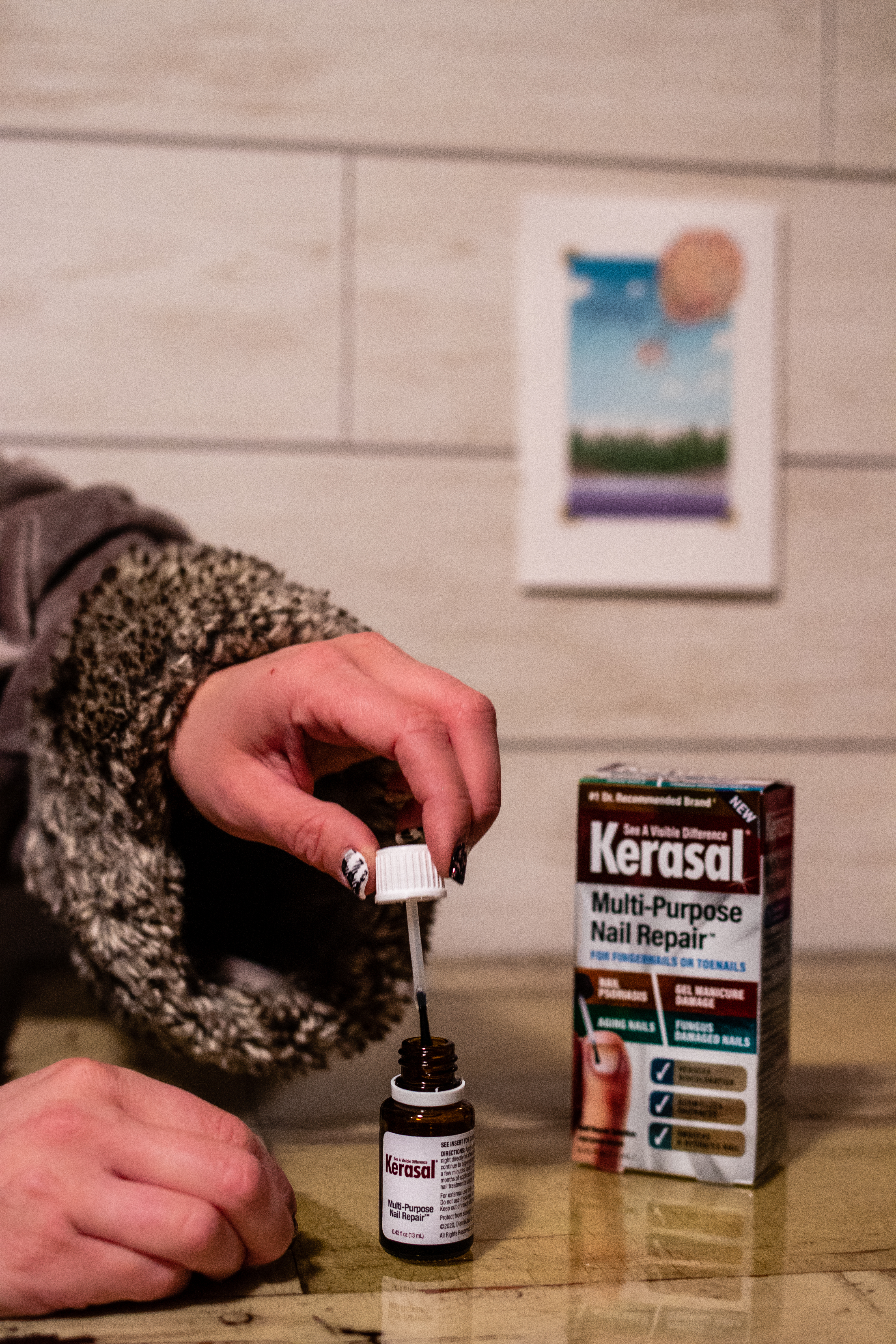
![Resolution Reset. [New Year New Me vs New Year New Mindset.] Resolution Reset. [New Year New Me vs New Year New Mindset.]](https://i0.wp.com/www.powercakes.net/wp-content/uploads/2021/01/IMG_3619.jpg?w=1200&resize=1200,0&ssl=1)














